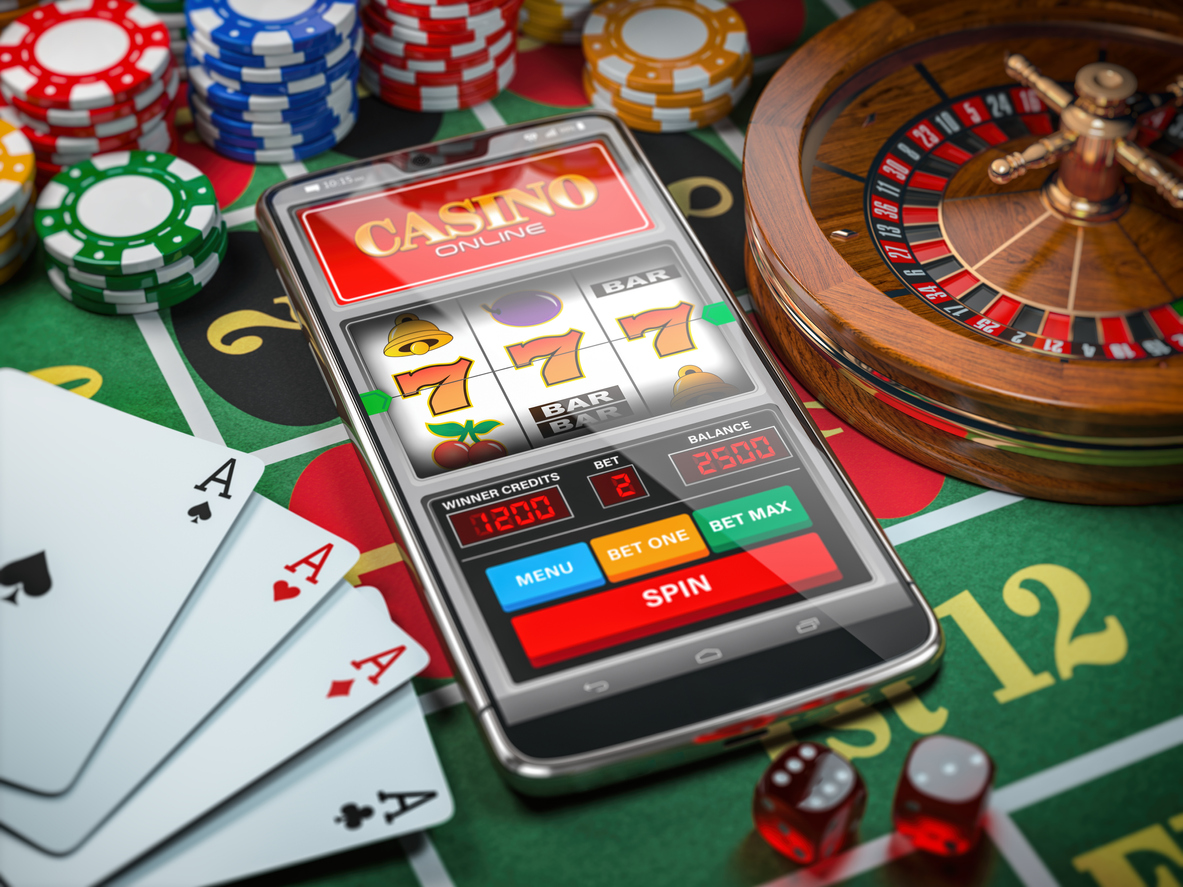
Casino experiences have long captivated the human imagination, drawing players into a realm filled with chance, tactics, and the allure of excitement. TP88 Each game is carefully crafted not just for entertainment, but also to evoke targeted emotional responses that keep players involved and invested. Understanding the motivations behind these designs reveals much about how psychology plays a vital role in the gaming experience.
From the vivid lights and lively sounds to the complex layering of systems and payoffs, casino games are designed to create an atmosphere of anticipation and eagerness. Game designers leverage mental cues to influence player behavior, whether through the use of winning opportunities, near-miss scenarios, or community engagement. By examining these aspects, we can better appreciate how casino games fulfill not just a want for entertainment, but more profound psychological needs for adventure and uncertainty.
Understanding Player Behavior
Casino games are crafted with a deep understanding of player psyche, which is essential for drawing in and retaining players. The rush of the game, alongside the expectation of winning, creates a formidable attraction. Game designers utilize elements like sonic elements, dynamic graphics, and engaging gameplay to seize attention and evoke emotional responses. These sensory effects enhance the total environment, making players feel more attached in the game.
Another important aspect of player behavior is the concept of risk/reward dynamics. Casino games often manage high-stakes situations with the potential for considerable rewards, which can lead to the occurrence known as near-miss experience. When players come within reach to winning, the brain secretes dopamine, reinforcing their behavior and motivating them to keep playing in quest of that fleeting win. This cycle of anticipation and frustration plays a critical role in how games are structured and marketed.
Lastly, social elements also play a central role in player behavior at casinos. Many games are made to be played in teams or alongside other players, fostering a sense of togetherness and collective experience. The community engagement inherent in games like blackjack enhances enjoyment and can lead to prolonged gaming periods. Designers take advantage on this by crafting environments that encourage players to linger, interact, and revisit, making the overall casino experience more attractive.
The Role of Visuals and Sound
Imagery and sound play a vital role in improving the gambler’s experience within casino games. Designers utilize vibrant colors, eye-catching graphics, and captivating animations to grab players’ attention and hold their focus. The use of motifs, such as exploration or opulence, helps create an enthralling atmosphere that takes players into another world. By appealing to the senses, these elements add to a intensified emotional response, prompting players to engage more deeply with the games.
Sound design is just as important in reinforcing the overall experience of casino games. The combination of background music, sound effects for successful combinations, and ambient noises creates an auditory landscape that holds players enthralled. Audio cues associated with victories, such as chiming bells or festive music, evoke feelings of thrill and satisfaction, prompting players to continue playing. These audio cues are strategically placed to amplify the excitement of the game and create a more immersive experience.
Additionally, the alignment of visuals and sound is essential for reinforcing the game’s overall concept and mood. Each element should coordinate seamlessly to create a unified experience that pulls players in. The effective use of this synergy not only improves user enjoyment but also increases the chances of repeat play, as players become more invested in the immersive world that the gambling games offer. This thoughtful combination of imagery and sound ultimately enhances player involvement and loyalty.
Reward Systems and Engagement
The creation of gambling games heavily depends on incentive systems to keep participants involved and returning for additional experiences. These systems are based in psychological principles that take advantage of human behavior and motivation. Participants are often driven by the thrill of success, which is reinforced by instant responses through the game structure’s design. This prompt satisfaction not just improves the gaming experience but also cultivates a sense of success, prompting players to continue participating in hopes of bigger gains.
Gaming establishments implement various reward structures, such as large payouts, extra rewards, and increased rewards, to engage players. These elements create a layer of thrill that sustains engagement. Additionally, the unpredictability of results plays a crucial role in sustaining attention. The intermittent reinforcement schedule, where wins are unpredictable but occur often enough, maintains participants on edge and driven to continue participating. This cycle of anticipation and expectation is essential to the success of gambling experiences.
Moreover, social elements, such as competitive events and multiplayer features, enhance the participation factor by tapping into the desire to compete of participants. The communal aspect of gaming with others can intensify the excitement of success and create a sense of community within the gaming space. By combining these social dynamics with efficient incentive structures, gambling experiences not only offer entertainment but also nurture a stronger connection among participants, reinforcing their commitment to the overall experience.
